The tour comes as the federal government decides how exactly to spend $50 million dollars earmarked for upgrading aging water infrastructure in President Biden’s $1 trillion infrastructure law.
WSSC Water CEO Carla Reid and Laboratory Division Manager Clarence Beverhoudt provides a tour of the utility’s water testing lab in Silver Spring, Md., to Radhika Fox, Assistant Administrator for the Office of Water for the EPA on Monday, April 25, 2022.
WTOP/Mike Murillo
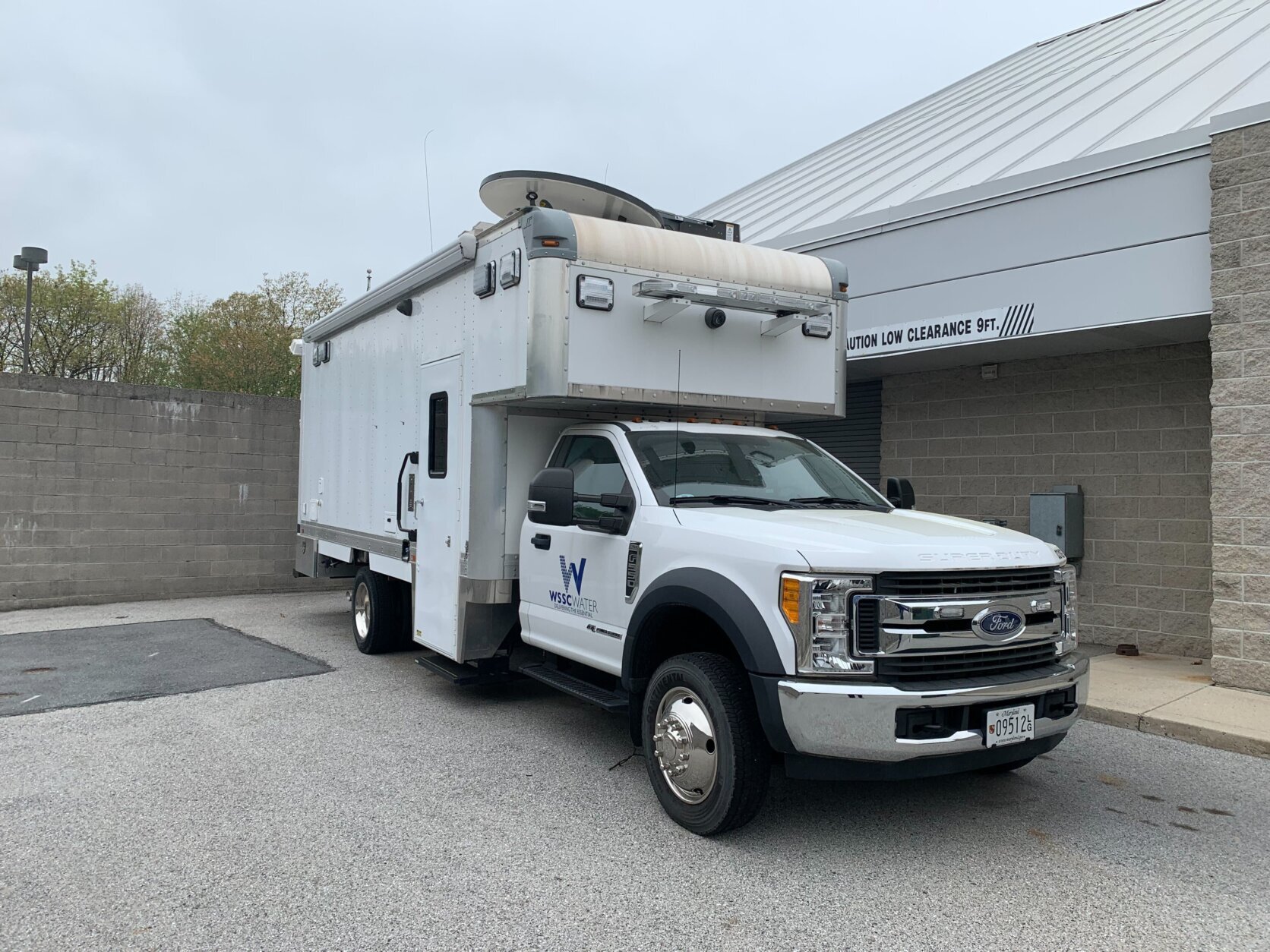
A new truck that can do more water testing at suspected spill sites is stationed outside of the Washington Suburban Sanitary Commission Water Consolidated Laboratory Facility in Laurel, Maryland.
WTOP/Mike Murillo
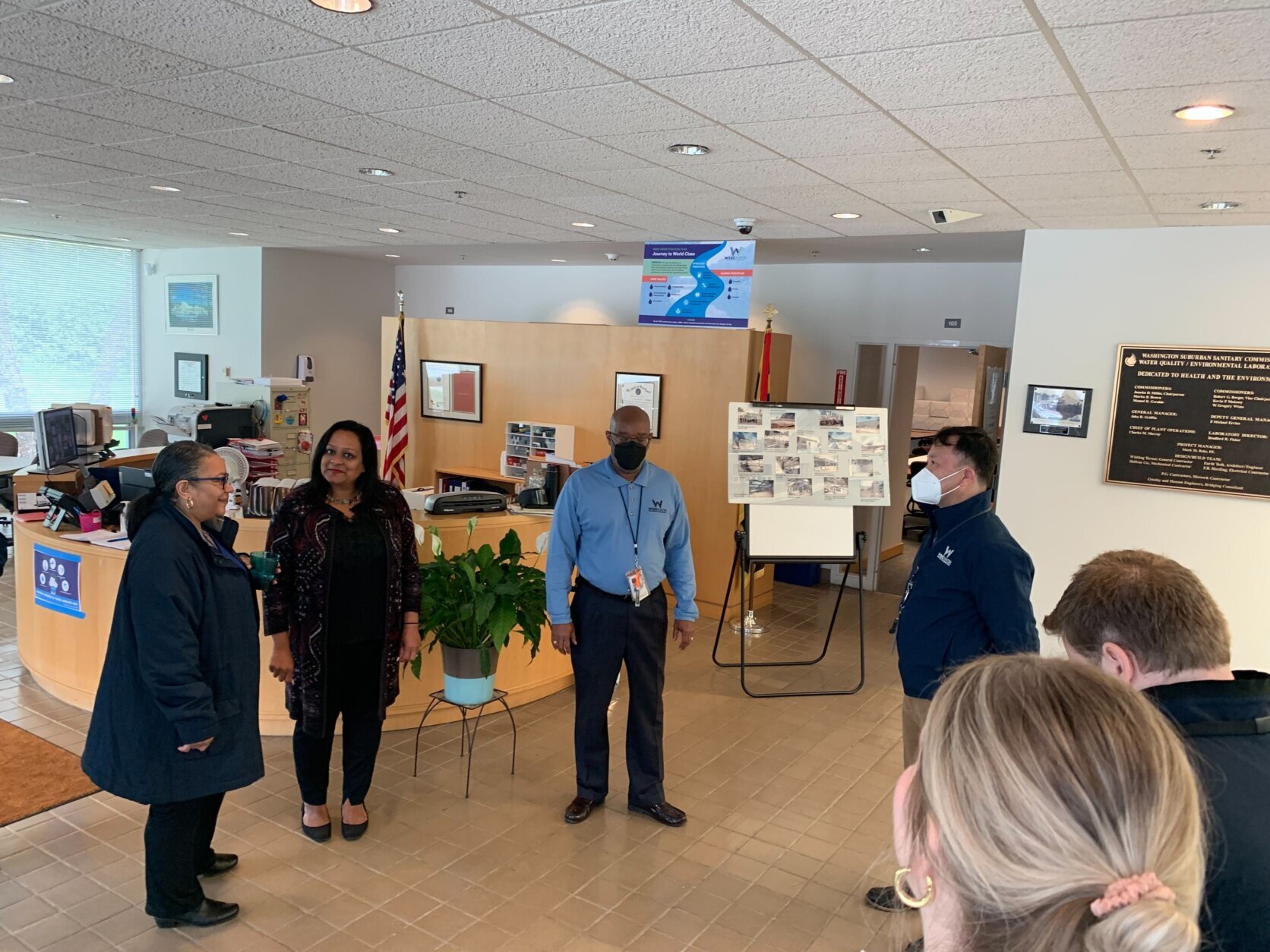
Visitors tour the laboratory guided by WSSC Water staff.
WTOP/Mike Murillo
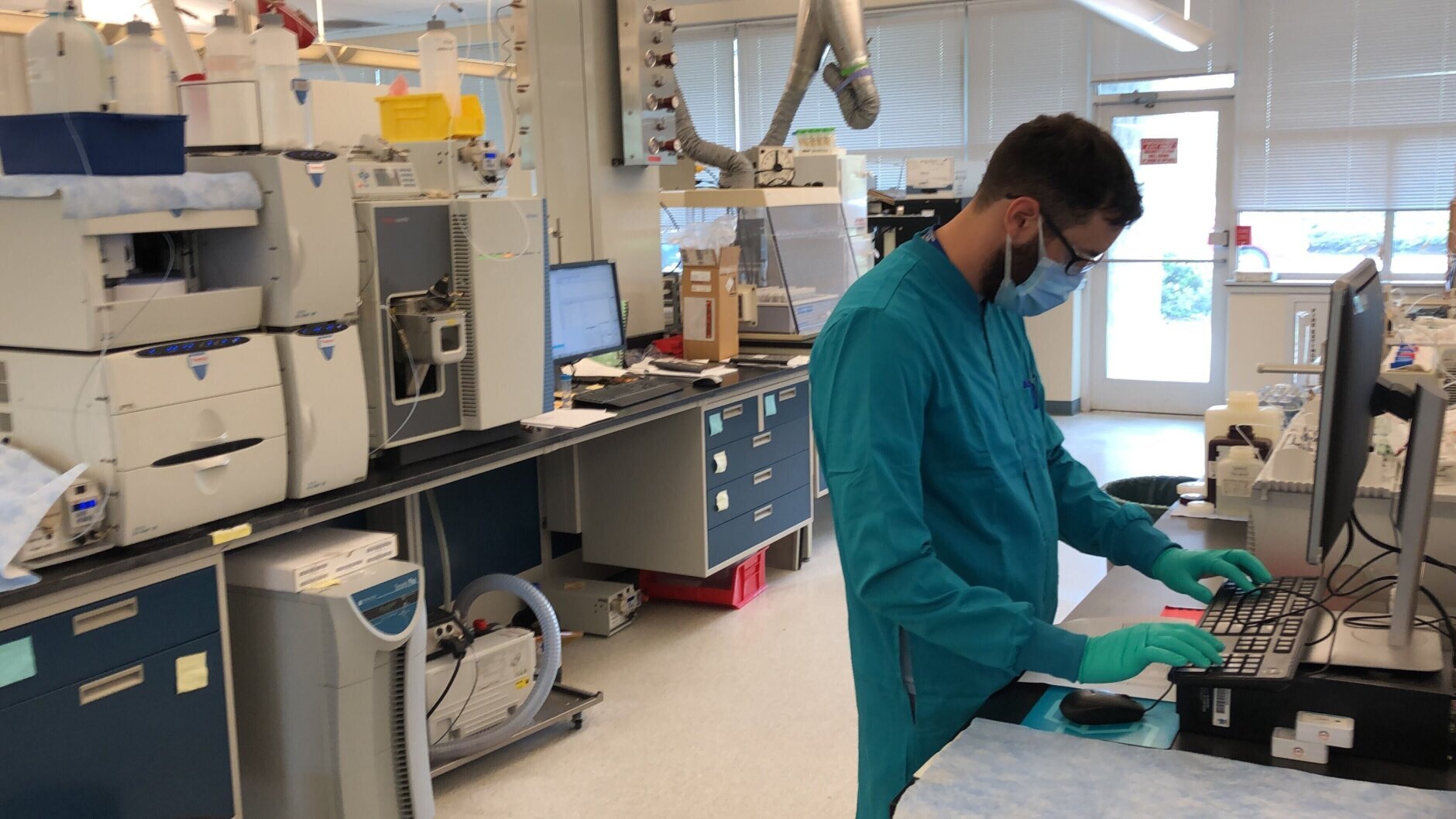
A lab worker operates equipment at the WSSC facility in Laurel, Md.
WTOP/Mike Murillo
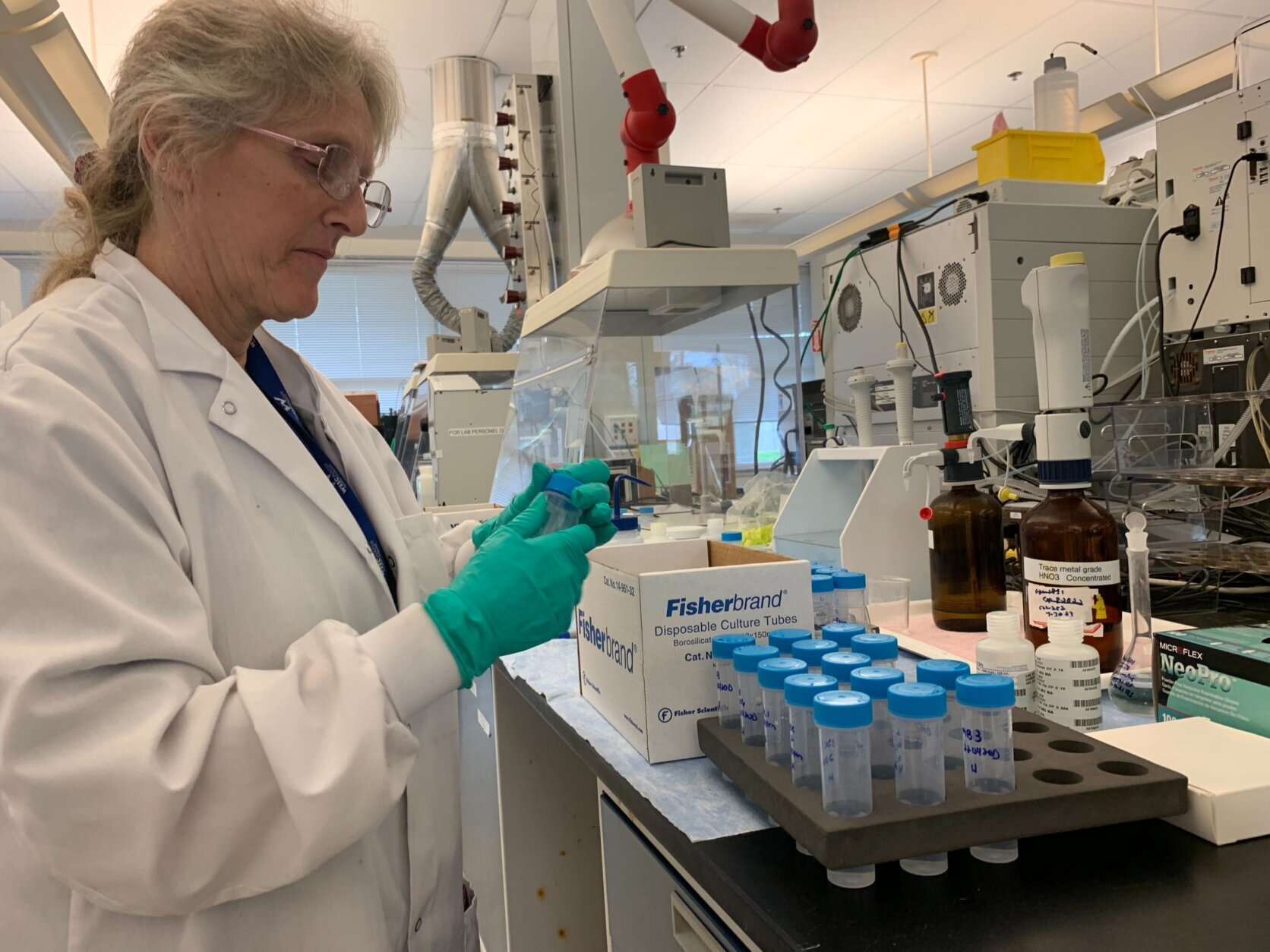
A lab worker operates equipment at the WSSC facility in Laurel, Md.
WTOP/Mike Murillo
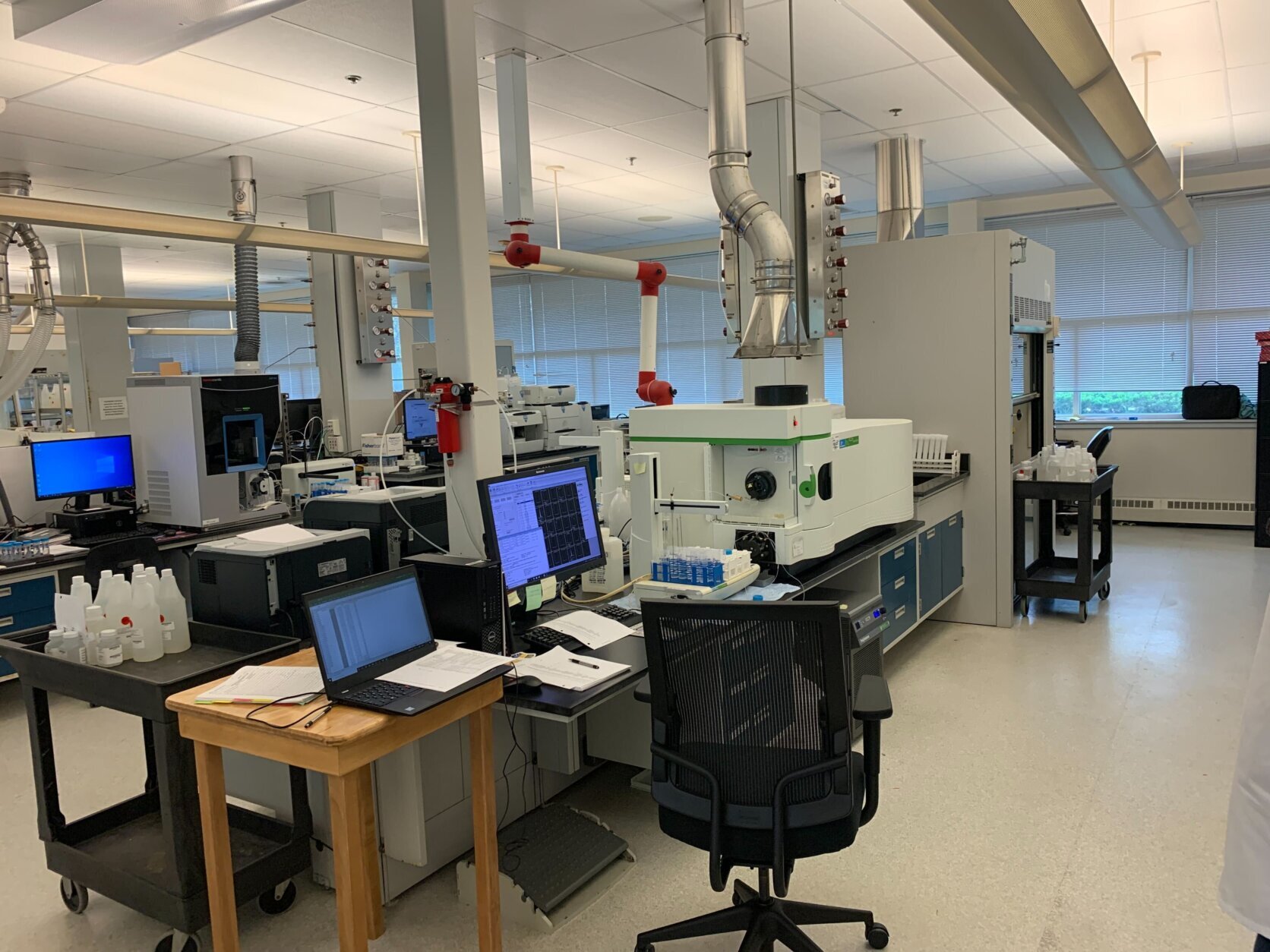
The building is divided into four sections — administration, support, gas storage and the main labratory.
WTOP/Mike Murillo
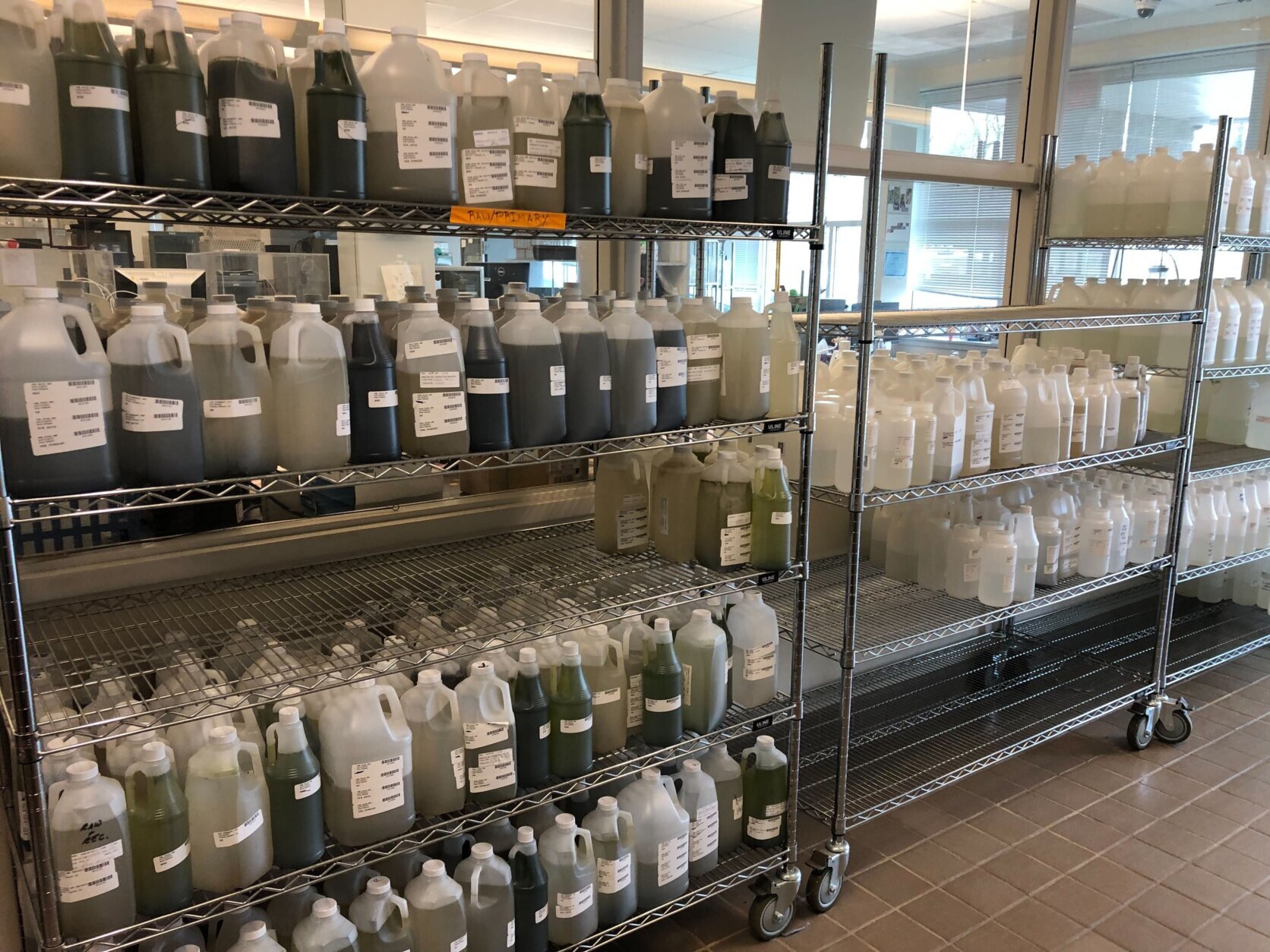
The building is divided into four sections — administration, support, gas storage and the main labratory.
WTOP/Mike Murillo
A top-ranking Environmental Protection Agency official got a behind-the-scenes tour of one of the nation’s largest water utilities.
Radhika Fox, an assistant administrator for the EPA’s Office of Water, toured WSSC Water’s under-construction raw water pipeline and its Silver Spring laboratory, where 500,000 water and wastewater samples are tested each year.
“This laboratory facility is just really remarkable,” Fox said at the conclusion of her tour of the WSSC water lab.
Carla Reid, general manager and CEO of WSSC Water, said visits like this allow members of her team to speak directly with government officials and clarify each group’s needs and expectations.
A look inside the lab
Inside the laboratory just off Route 29 near the Intercounty Connector, workers in white lab coats poured samples of drinking water into vials. Those vials are checked for everything from bacteria to metal. In another section of the lab, treated water from the utility’s wastewater plants is tested before returning to area rivers.
“We have to make sure that we meet all the Maryland Department of Environment and EPA requirements before that treated water goes back into those rivers,” said Clarence Beverhoudt, laboratory division manager for WSSC Water.
Some team members begin collecting samples as early as 1 a.m. to meet fast-moving deadlines.
Fox also saw some of the tools WSSC Water has for responding to spills and other water emergencies like the 2016 Dickerson Power Plant oil sheen spill. One of those tools is a new specialized truck that can do 24/7 monitoring and field testing without driving samples back to Silver Spring.
Before visiting the laboratory, Fox toured a 48-inch raw water pipeline in Laurel, Maryland, that will stretch between the Rocky Gorge Raw Pumping Station and the Patuxent Water Filtration Plant. The over $9 million project is expected to be completed next summer.
“The project that we saw this morning, that is so essential to water supply reliability here, in Maryland, those are the types of investments we’ll be able to make and accelerate, really so that communities all across America can have clean, safe water,” Fox said.
The tour follows the signing of President Joe Biden’s $1 trillion infrastructure bill which included $50 million for upgrading aging water infrastructure — it’s unclear how much of the $50 million WSSC Water will get.
[ad_2]
Originally Appeared Here

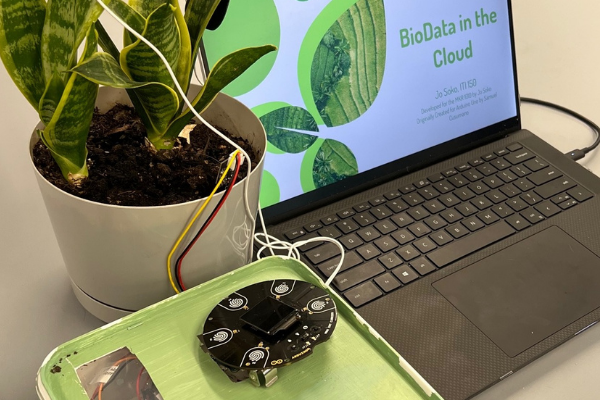 By Jo Sokoloski
By Jo Sokoloski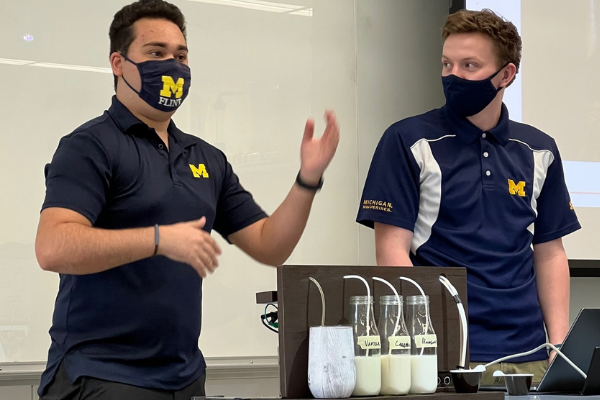 By Sal Dimaggio and Nathaniel Miller
By Sal Dimaggio and Nathaniel Miller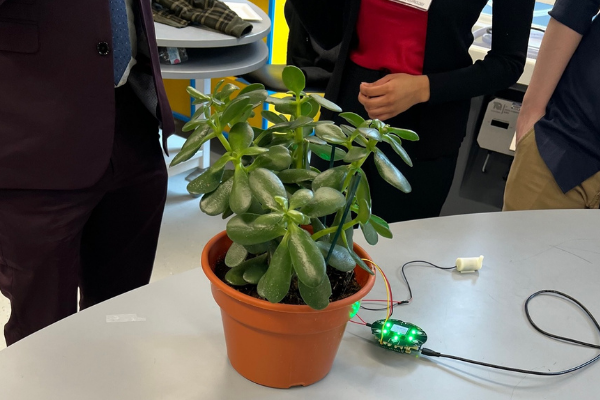 By Amanda Binu and Caleb Long
By Amanda Binu and Caleb Long